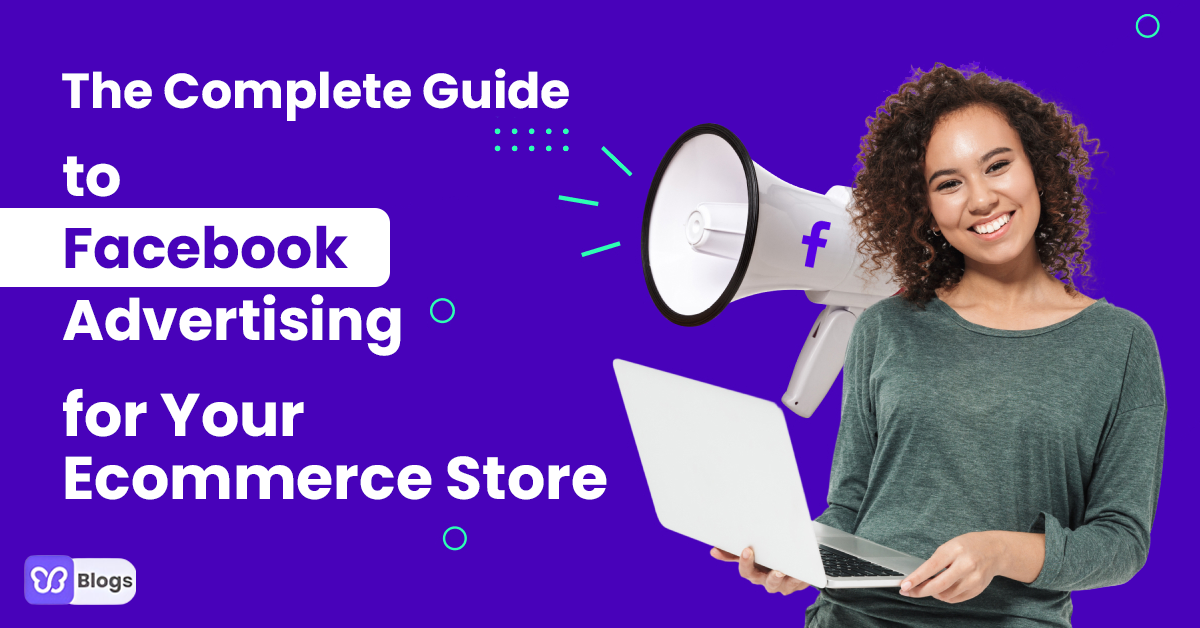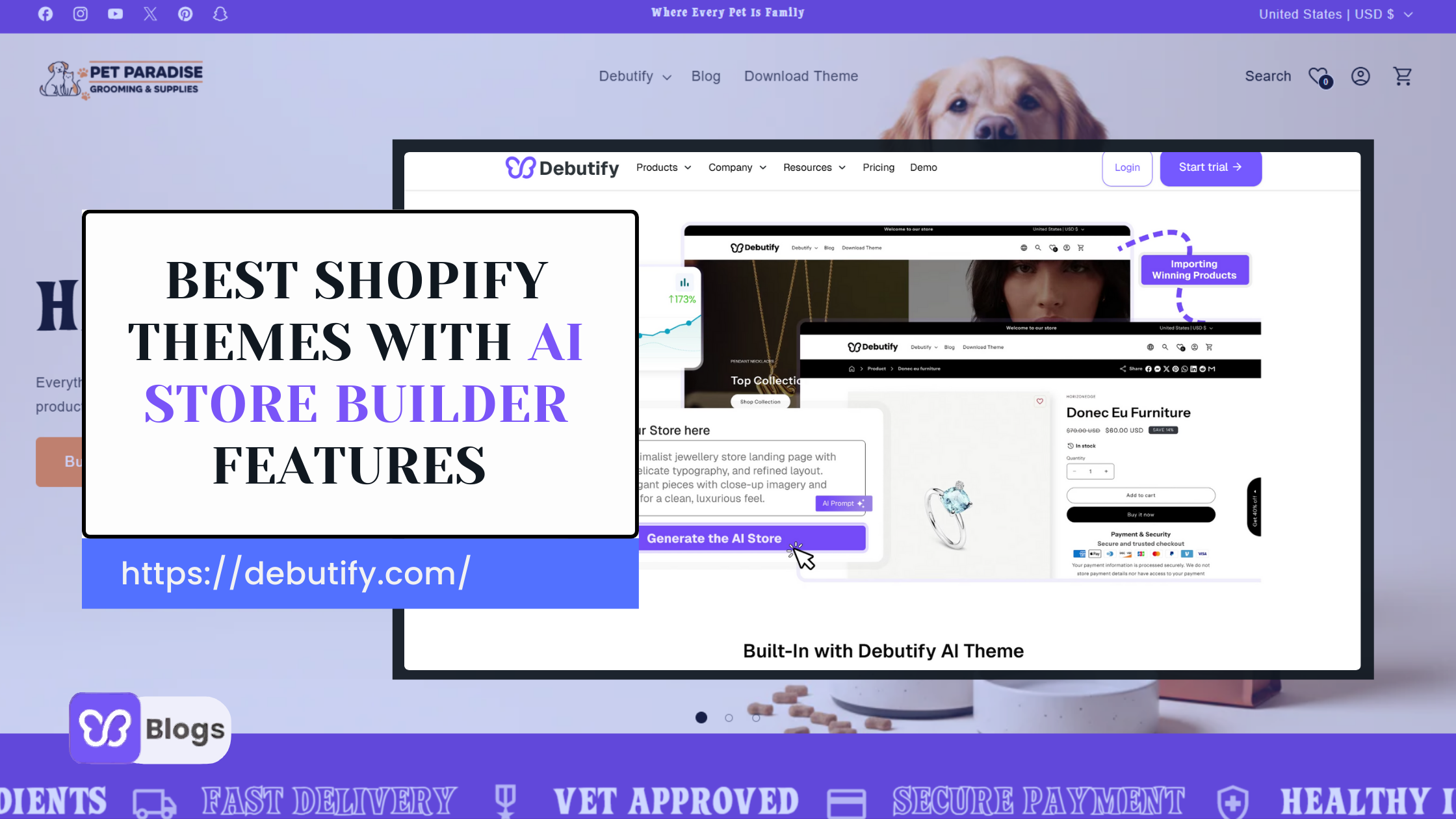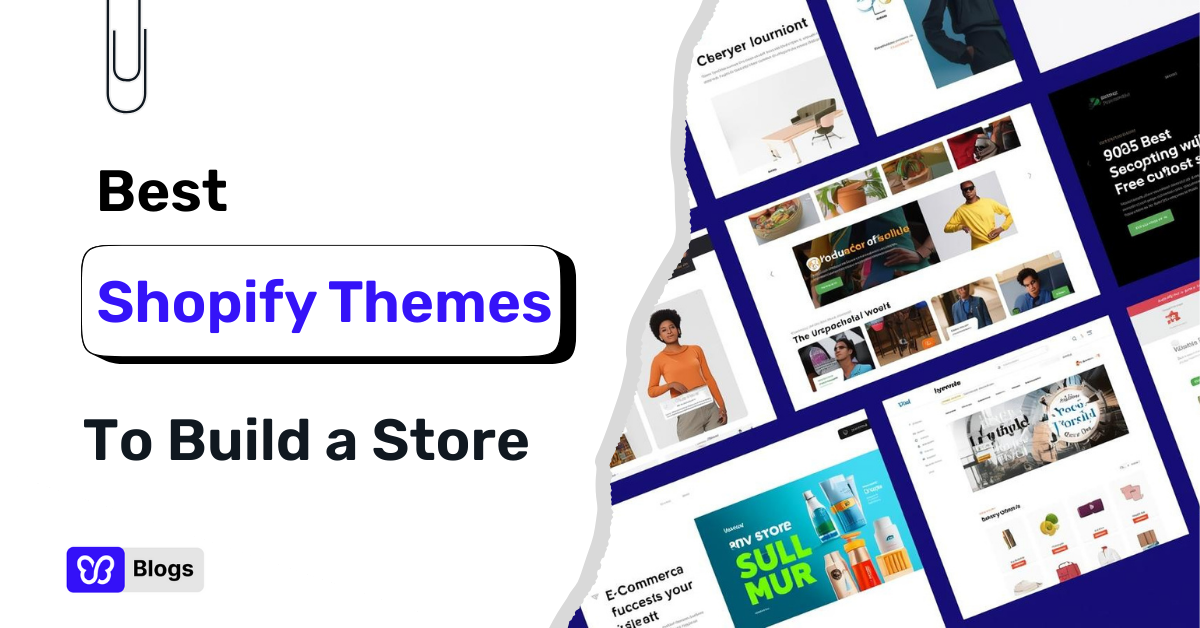Dear Entrepreneur,
If you want to generate high-quality traffic to your store and experience the massive scaling potential of running Facebook Ads...
This crash course will be the most important thing you’ll read today.
Here’s why:
You already know how huge Facebook is when it comes to social media.
And despite what other marketers say about new “hot” platforms you must market right now...
Facebook is still the undisputed King Kong of social media.
It has the largest network in the world with over 3.7 billion active users…
… and 1.6 billion daily users.
That’s a lot of potential eyeballs visiting your store, right?
But that’s not even the best part.
You see, Facebook is an absolute master of one thing…
Collecting TONS of Data!
Now you’re probably thinking about what “data” has to do with getting more customers to your store.
It’s just a bunch of statistics and numbers, right?
Well, it is!
But to marketers like us, data is worth its weight in gold.
It’s the reason we’re seeing Sponsored Ads from almost every product we’re looking for.
It’s like an “invisible sales agent” was following us all day…
Observing what we say and do…
And right at the perfect moment, this sales agent…
Shows Us What We Want
And Offers Ways To Get It!
Now that may sound creepy to most people.
It’s as if someone is watching every move you make.
But to a marketer like me, it’s the perfect setup for massive sales.
Because with Facebook’s Algorithm… we won’t have to experience marketing dog supplies to cat lovers anymore.
We can choose to laser-target people who actually care about and would have the highest chances of actually buying our offers!
That is the power of Facebook Advertising.
And in the next few minutes, I’ll show you exactly how to harness the full potential of this “holy grail” of advertising…
And how to set up your very first successful ad campaign even if you haven’t got a single clue where or how to start.
So keep yer hands and feet inside the vehicle, ladies, and gents…
The ride is about to start.
Quick “Laundry List” of Why You Need to Advertise on Facebook
✔️Everyone is on Facebook.
✔️You can focus on ideal buyers.
✔️Helps build brand awareness.
✔️You can set reasonable budgets.
✔️Reach people through retargeting.
✔️Discover new leads.
✔️Simple to set up.
✔️Offers measures of success: Facebook Analytics.
✔️You can add Call-to-Action buttons.
✔️Facebook allows video ads.
✔️Facebook’s Reach is expanding rapidly.
With that being said, let's get to the good stuff.
How to Advertise on Facebook?
Now that you know how Facebook marketing benefits your business.
I'm sure you're ready to start your campaign.
In this part of the Facebook marketing guide, you'll discover how to:
✔️Set up your Facebook business account.
✔️Choose your audience based on behavior, demographics, interests, or lookalike audiences.
✔️Select your Facebook ad creative.
✔️Set your campaign budget.
✔️Use Facebook Pixel to track and measure results.
✔️Check your campaign's performance and optimize it.
By the time we're done, you'll be able to set up, run, and even create an effective Facebook ad.
An effective Facebook ad that will expand your brand's exposure, target your audience, and keep sales flowing.
Sounds good, right?
Now let's begin...




